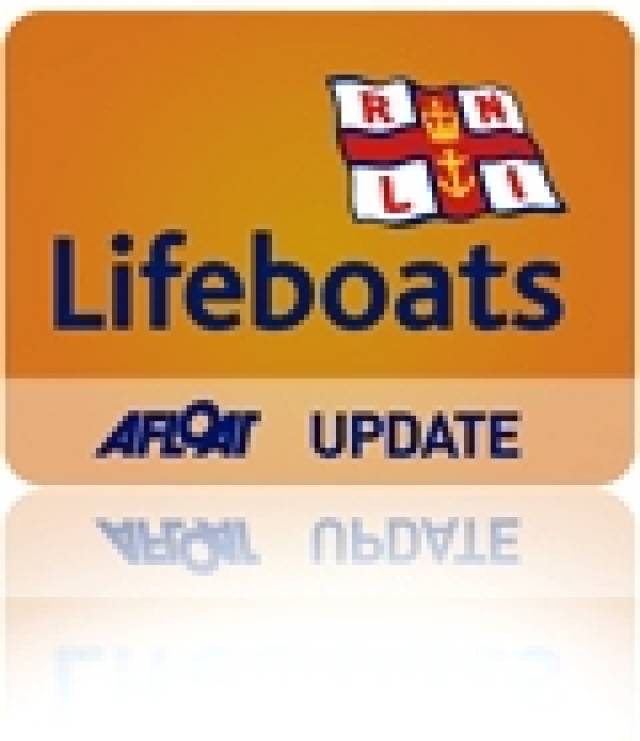#RNLI - Arranmore RNLI saved two fishermen on Wednesday afternoon (8 April) after their 10m boat capsized off the Donegal coast.
A member of the public who was watching the fishing vessel from the shoreline raised the alarm at 2.50pm after he saw the boat capsize two miles south of Arranmore.
Arranmore RNLI’s boarding boat, which was already at sea with coxswain Anton Kavanagh and mechanic Philip McCauley on board, made its way to the scene.
Weather conditions at the time were described as blowing a gentle Force 2 to 3 wind but there was a heavy ground swell of three to four metres.
During their short passage, the volunteer lifeboat crew spotted and followed a track of fuel, and once on scene observed the wreckage of the stricken vessel. They then observed the two fishermen in the water approximately 300 yards from where the boat had capsized.
Both men were very cold when they were pulled from the sea and brought onboard Arranmore RNLI’s boat.
They were brought to Aphort Harbour, where they were made comfortable before being airlifted by the Irish Coast Guard’s Rescue 118 helicopter from Sligo and transferred to Letterkenny General Hospital.
Speaking following the callout, Anton Kavanagh said: "Both men are very lucky to be alive today and full credit must go to the member of the public who saw the boat capsize and raised the alarm, because the fishermen were not due back to shore for a couple of hours.
"We were delighted to be able to help and are glad that both men are safe and well."































































